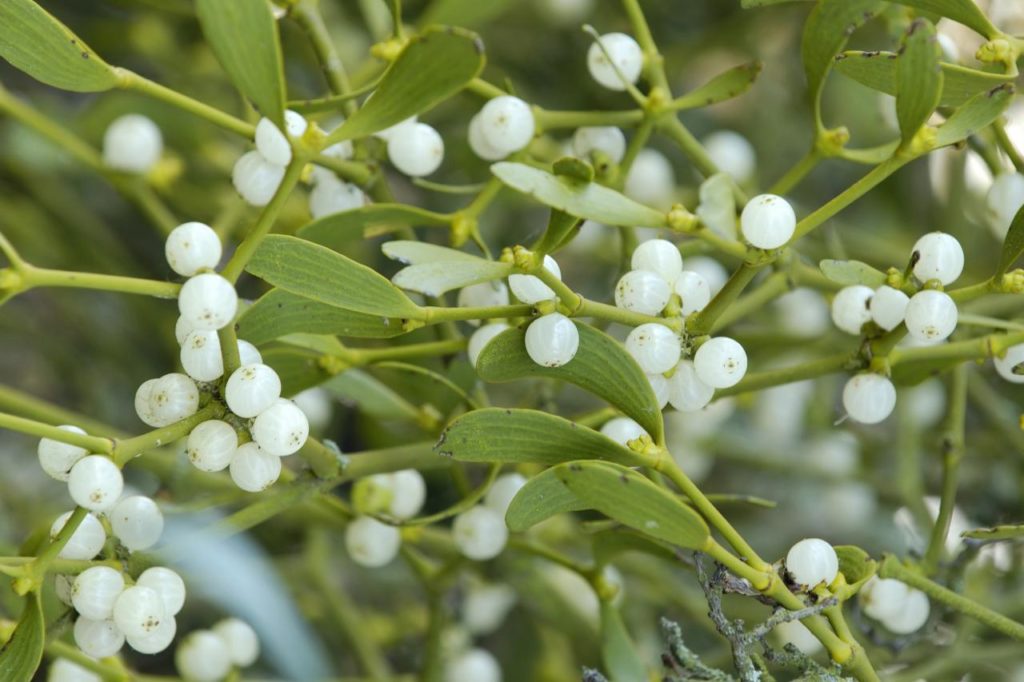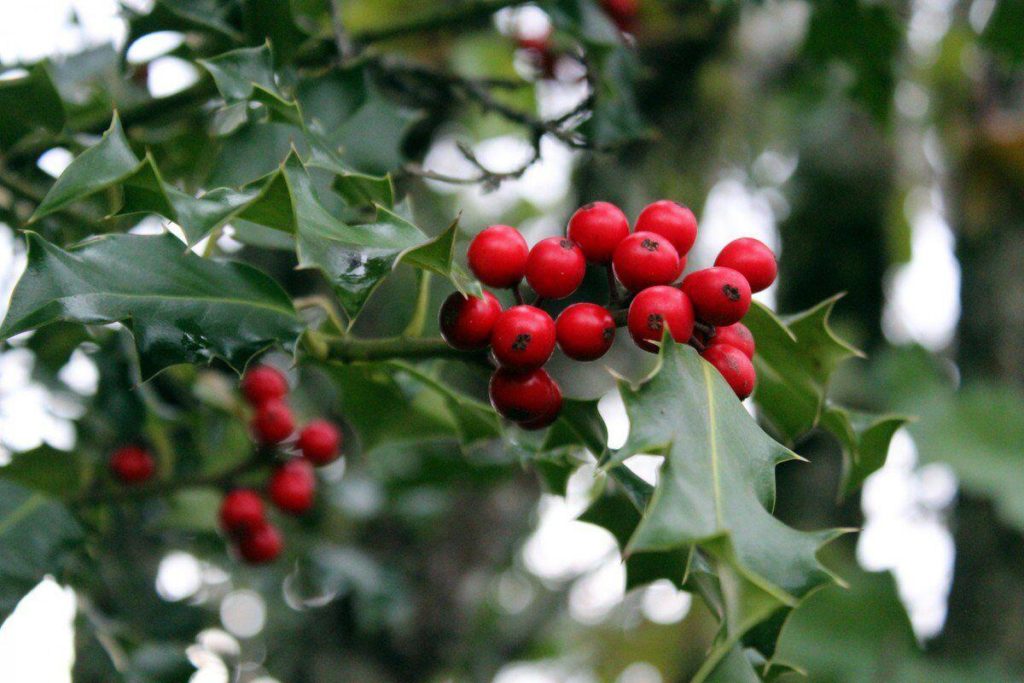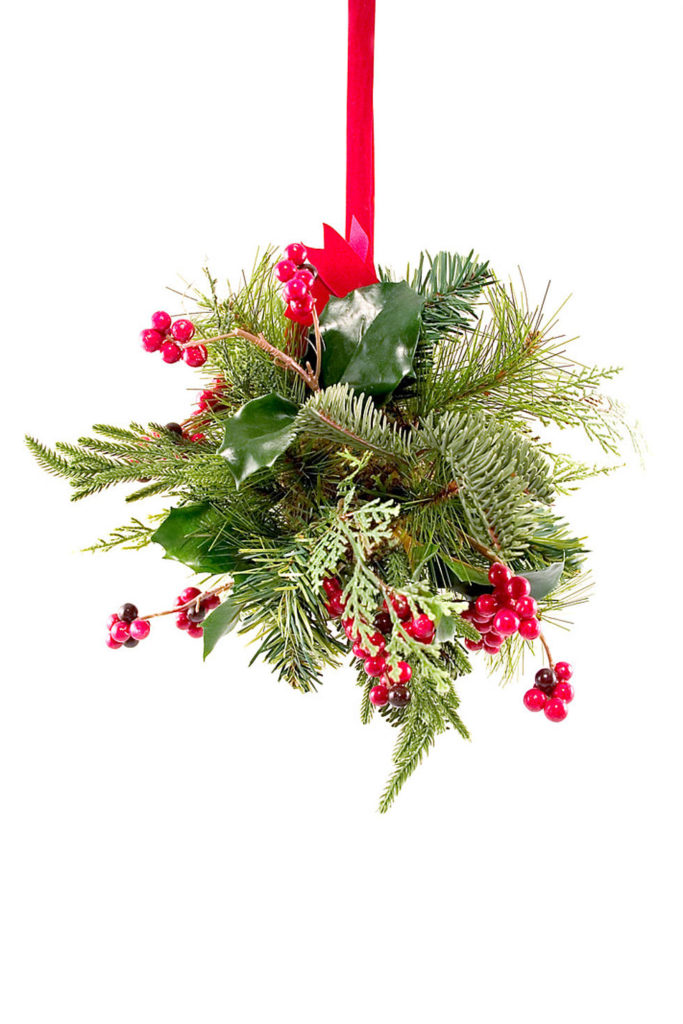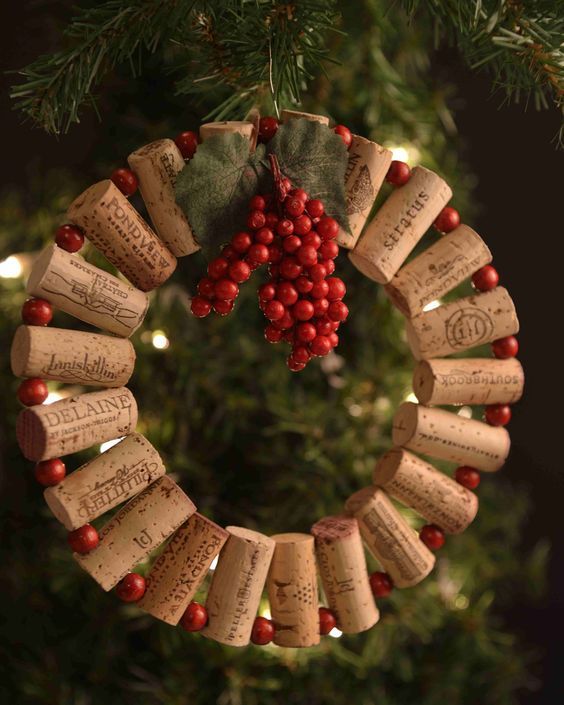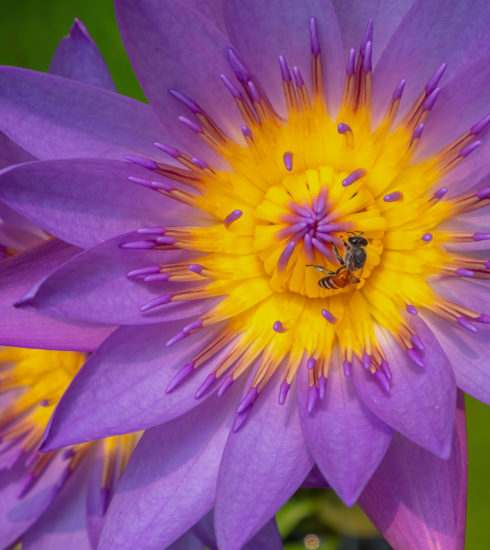What’s the real magic behind the mistletoe?
The kiss under the mistletoe is a tradition that for years has filled many couples with romance at Christmas time. The origin of this popular belief dates back to Greek culture when they used it in the Saturnalia festival, which was the equivalent of Christmas today; and it was also very common for wedding celebrations.
What is the symbolic meaning of mistletoe?
For Ancient Greece, it was a symbol of peace, but it was until the 18th century that the English culture took up that meaning to include it in Christmas decorations but with a completely different tradition. It consisted in that those young women who were looking for an intense love stayed under a mistletoe branch and any man could kiss her, as a symbol of romance or friendship, then at midnight, the branch had to be burned to agree on that meaning.
Over time, this tradition also became popular in the United States and other meanings were attributed to this plant such as fertility or good luck, which is why it became the best Christmas gift!
More than a Christmas tradition
Mistletoe is a semi-parasitic plant since it normally grows on the trunks of apple trees or poplars since it extracts various nutrients from them. In the world there are 2 types of mistletoe plants:
- With red fruits, from North America, it is the best known and the classic that we see in all Christmas films.
- With yellow fruits, this type grows in Europe and its fruit is whitish and its flower white.
Over the years, in addition to giving it a special meaning, its small fruits have been a great natural remedy for certain diseases or conditions such as:
- Antirheumatic treatment
- Regulates the heart rate
- Relieves fever
- Avoid liquid retention
- It is a natural antispasmodic
- Relieves hypertension
- Improves the functioning of the immune system
Other wonders of mistletoe
- It remains green throughout the year, which is why for Scandinavian people, it was considered a sacred and magical plant
- Since the Middle Ages, it is considered to have aphrodisiac properties, it was very popular among women seeking to get pregnant
- For some European cultures it also represents a symbol of peace, since, at one time, combatants could declare a truce in a battle
- In the Middle Ages, it was believed that placing a branch of this plant near the cribs of babies, protected them against witches
Today, it is still a great tradition and the best thing is that each home can attribute its meaning to it, what will be yours?
